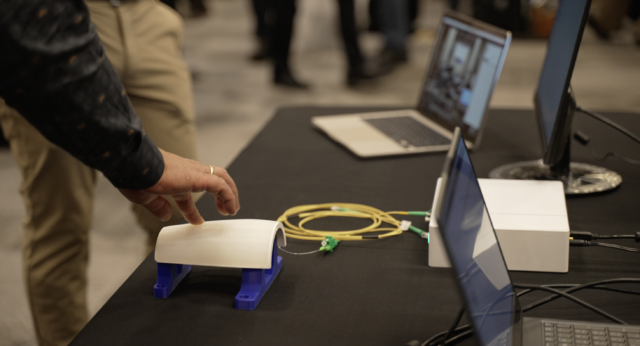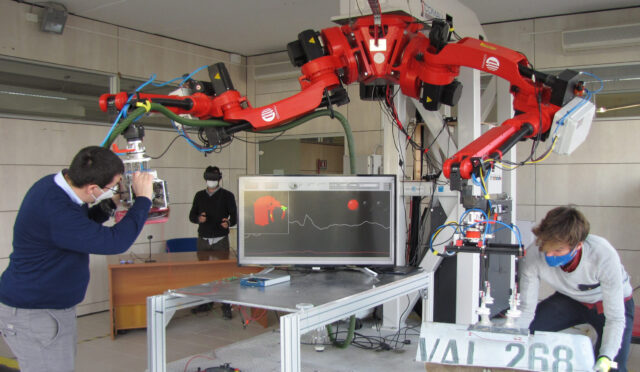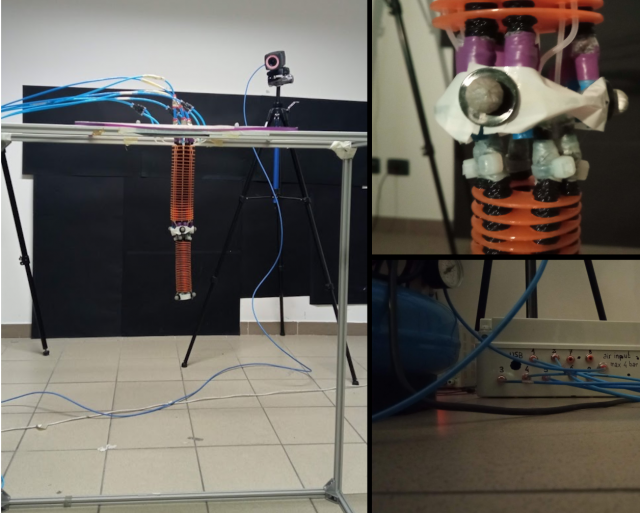HomeRobotic Database - Single Infrastructure | TERRINet


Address: Hallenweg 15,
7522 NH Enschede, Holland
Website
https://www.ram.ewi.utwente.nl/
Scientific Responsible
Stefano Stramigioli
About
Robotics and Mechatronics (RaM) deals with application of modern systems and control methods to practical situations. Focus is on robotics, as a specific class of mechatronic systems. The research is embedded in the CTIT and MIRA institutes. The research of the group is application oriented. Main goal is to investigate the applicability of modern systems, imaging and control methods to practical situations in the area of robotics. Robot application areas we investigate are: inspection robotics (UAVs, UGVs, UUVs); medical robotics (assistance to surgeons, diagnostics); service robotics (street cleaning, service to people).
The science and engineering topics we work on are: modeling and simulation of physical systems; intelligent control; robotic actuators; computer vision and medical imaging; embedded control systems. In our labs we have quite a variety of robotic setups: basic 1 or 2 motor systems, precise motion control platforms, a production cell-like block circulator, several types of flying wheeled mobile robots, humanoid walking robots, and setups for robotized needle insertion.
Presentation of platforms
Available platforms
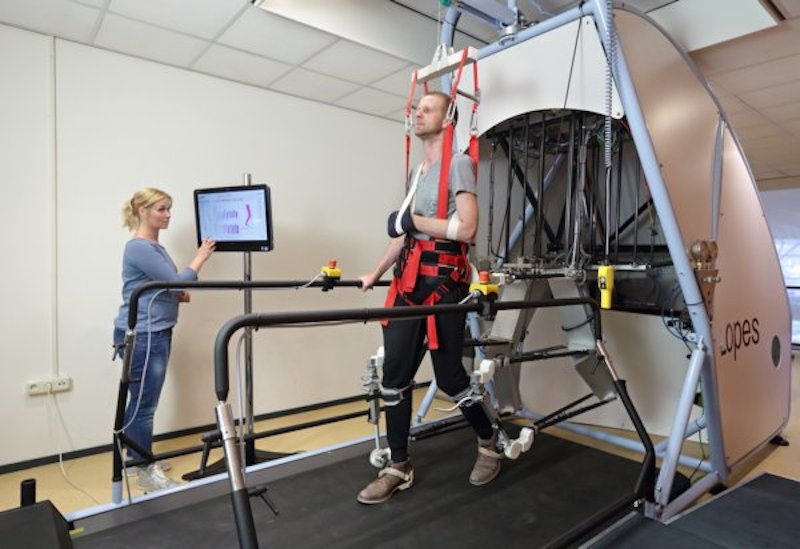
LOPES
The LOPES can be used to assist patients (e.g. stroke, SCI) during walking or assess gait impairments. It has eight powered degrees of freedom (hip flexion/extension, hip abduction/aduction, knee flexion/extension, pelvis forward/backward and pelvis mediolateral). Other degrees of freedom are left free. The robot is attached with a minimal amount of clamps which results in a short donning and doffing time. It is admittance controlled and allows for control over the complete spectrum from low to high impedance. Kinematics and interaction forces are measured by the device and it can be easily combined with EMG measurements. It allows to test new controllers (e.g. for exoskeletons) or assessment algorithms in a safe environment.
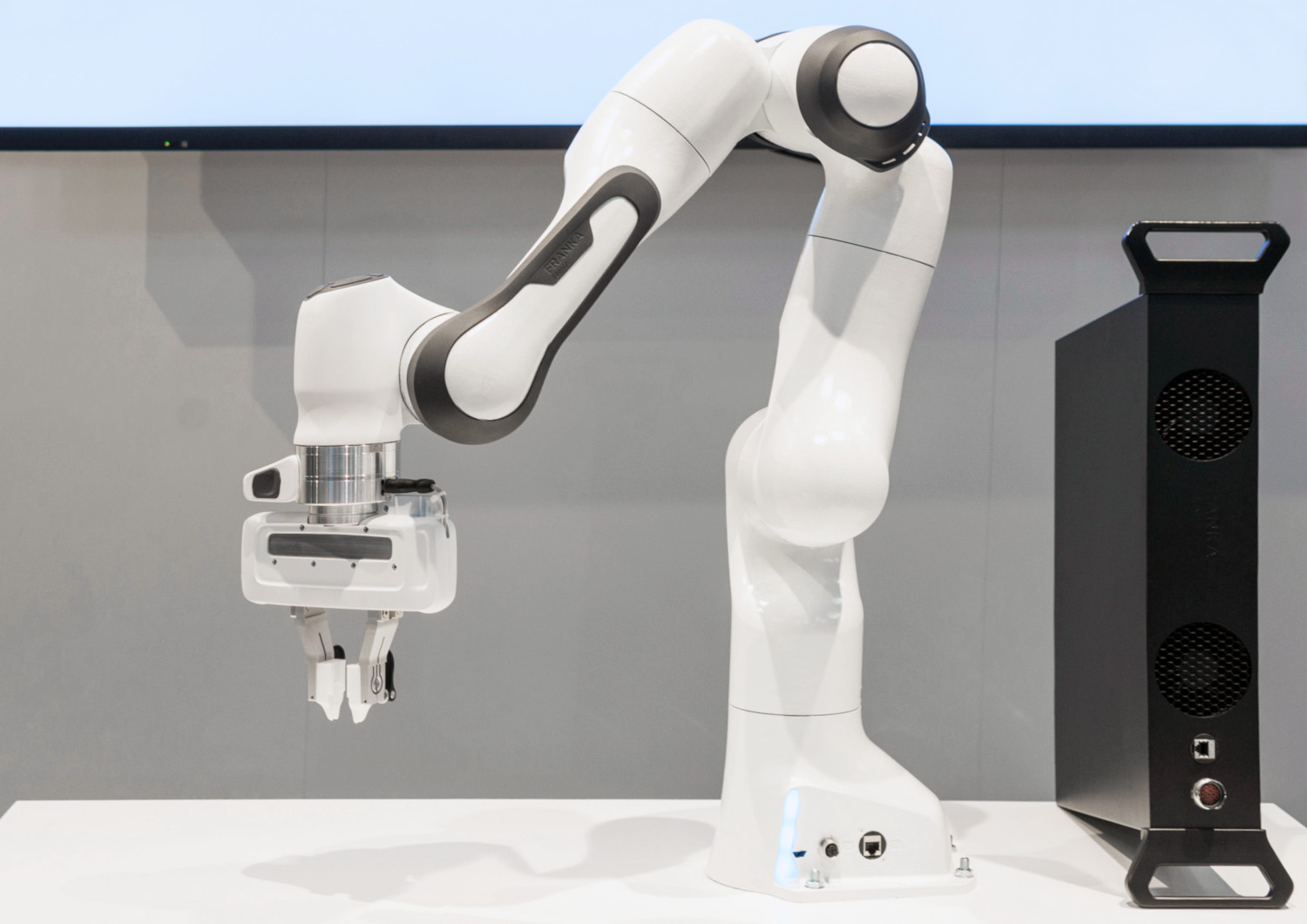
Robotic arms: Franka Emica
At RaM we have multiple general-purpose robotic arms; KUKA LBR4+ arm and Franka Emika Panda arms. Each is a 7-axis fully-actuated robot with torque sensing and control. Each joint is equipped with a position sensor on the input side and position and torque sensors on the output side. The robots can thus be operated with position, velocity and torque control. Unlike typical factory robots, which are so dangerous they are often put inside cages, these arms can operate among people. They are designed to perform tasks that require direct physical contact in a carefully controlled manner. These include drilling, screwing, and buffing, as well as a variety of inspection and assembly tasks that electronics manufacturers in particular have long wanted to automate. The KUKA robot is programmable in C++. The Franka Emika robots are setup with Robotic Operating System (ROS) interface, hence they may be programmed in a variety of languages such as C++, Python, etc.
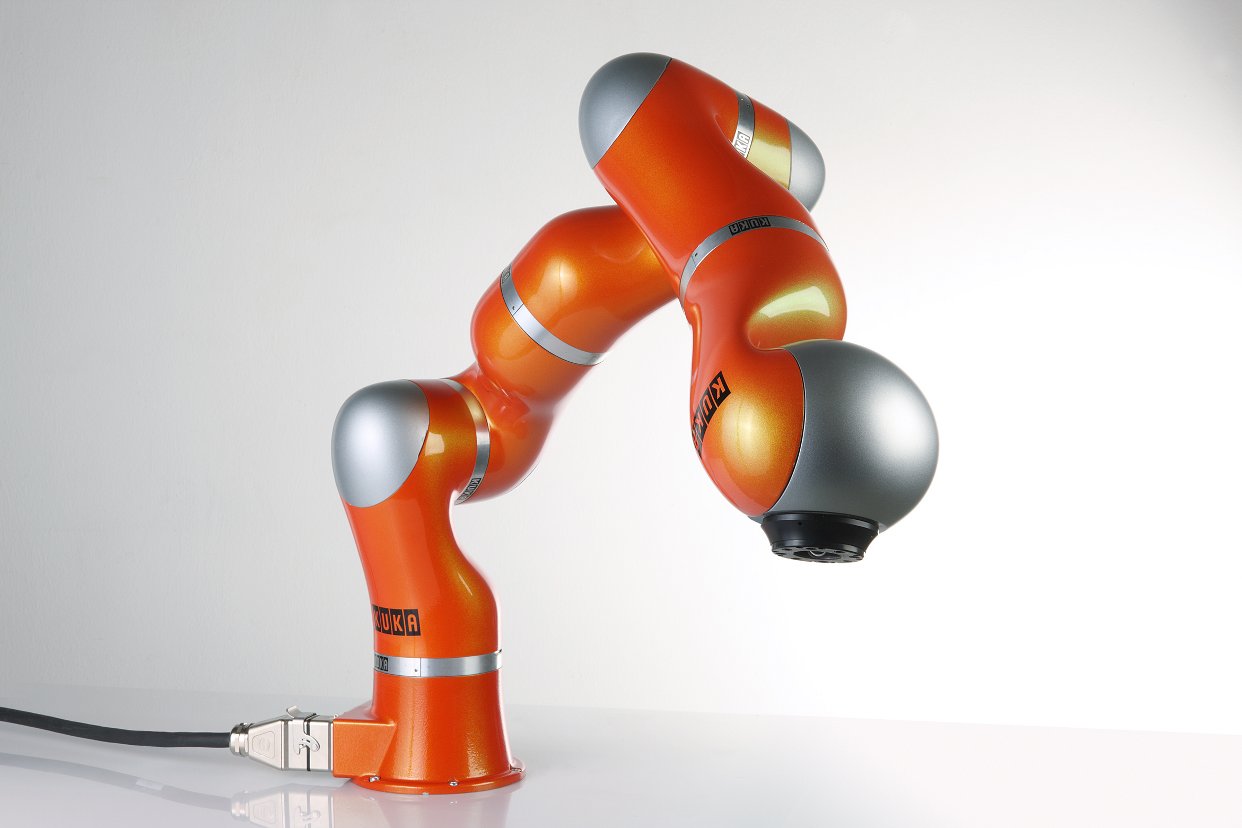
Robotic arms: KUKA LBR4+
At RaM we have multiple general-purpose robotic arms; KUKA LBR4+ arm and Franka Emika Panda arms. Each is a 7-axis fully-actuated robot with torque sensing and control. Each joint is equipped with a position sensor on the input side and position and torque sensors on the output side. The robots can thus be operated with position, velocity and torque control. Unlike typical factory robots, which are so dangerous they are often put inside cages, these arms can operate among people. They are designed to perform tasks that require direct physical contact in a carefully controlled manner. These include drilling, screwing, and buffing, as well as a variety of inspection and assembly tasks that electronics manufacturers in particular have long wanted to automate. The KUKA robot is programmable in C++. The Franka Emika robots are setup with Robotic Operating System (ROS) interface, hence they may be programmed in a variety of languages such as C++, Python, etc.

TechMed Simulation and Training Centre
The TechMed Centre’s simulation and training centre offers the latest state of the art simulation technology for research, development and the education of students and professionals in health care. It is used as a large high-tech and safe learning space in which the authentic professional environment is simulated. It fits our high demands for training of Technical Medicine students and other professionals, offering them numerous courses and postgraduate courses, such as: Laparoscopic or Endovascular Interventions, Advanced Life Support, Fundamentals of Ventilation. The TechMed simulation and training centre is one of the Centres of Expertise of the University of Twente. It is used as a ‘beta test site’ by the market leaders in simulation technology and, of course, several scientists of the TechMed Centre carry out their research with the help of advanced technology.
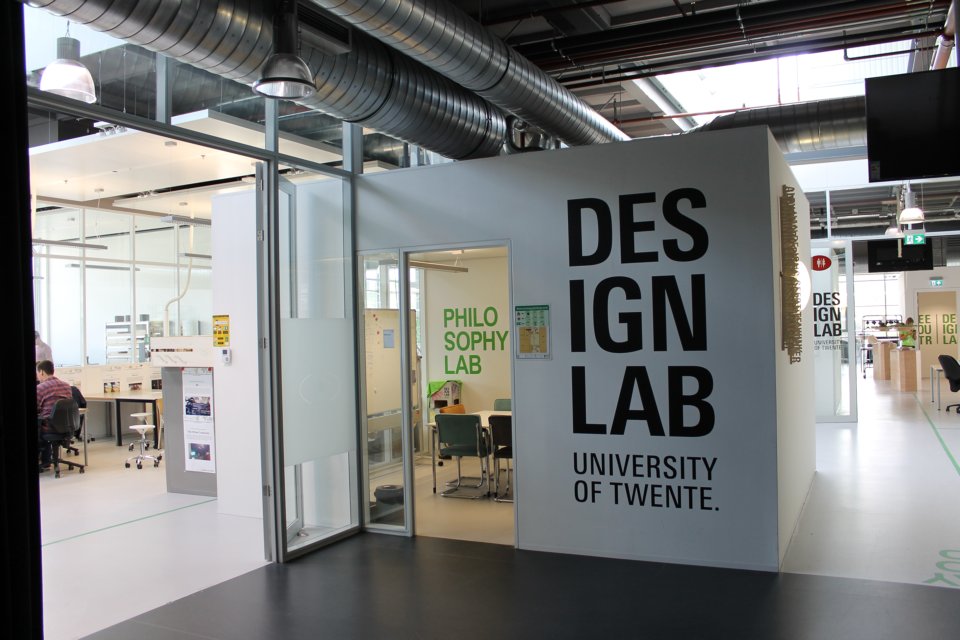
HMI Human media interaction lab facilities
The lab offers extensive utilities for Human Robot Interaction Experimentation and testing in laboratory or in the wild conditions. There are two outfitted lab environments: A smaller (50m2) lab outfitted with virtual reality and tracking facilities as well as the DesignLab: DesignLab (2000m2) is a platform at the University of Twente for multidisciplinary collaboration, innovation and creativity. It connects students, educational staff, researchers, businesses, societal organisations and governments through its Science2Design4Society method. To provide an optimal infrastructure for team-based collaboration and multidisciplinary research and education, DesignLab offers dynamic working spaces in a state-of-the-art facility. The ambition of DesignLab: integrate TeamScience and Design Thinking into education and research, and use scientific insights to build a better tomorrow today. It inclused a maker space, an electronics lab, laser cutting and 3d printing facilities as well as a fully outfitted user lab with control room.
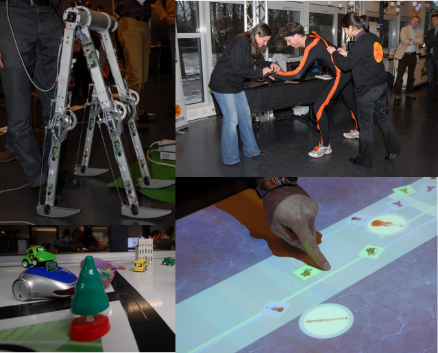
Smart Experience Laboratory-SmartXP
The name of the lab refers to Smart Experience Laboratory. It part of the creative technology study track. Throughout the many hands-on projects typical of our programmes at Twente, researchers and students develop technical knowledge and skills. if helps researchers and students to investigate ability to understand how technology influences humans, design and creative processes. In our Smart XP lab, you will have room to discover how to turn a question or an opportunity into an appealing prototype.
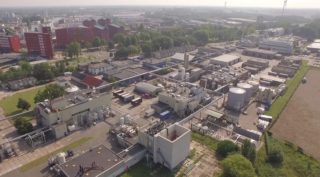
Space53
Space53 builds the tools and facilities to evolve unmanned systems technology into concepts that create societal and economic impact based on Technology Readiness, Economic Readiness (economic or societal business case) and Societal Readiness (ethics, legal, society). Space53 offers testing and training facilities and proper legal and procedural conditions for the safe and legal testing of unmanned aerial systems in a fully structured environment (lab), a fully unstructured environment (real life) and all gradual steps in between. Space53 has access to large enclosed structures, a 3 km runway with airspace and several experimental zones in industrial and urban environments. Space53 has a close collaboration with S/park. S/park is the open innovation center located at Nouryons’ former production site in Deventer, the Netherlands. At the S/park site there are many interesting assets (tanks, installations, factories etc) available that can be used for validation, demonstrations of new technologies like robots/drones for inspections, safety solutions, virtual reality etc.


